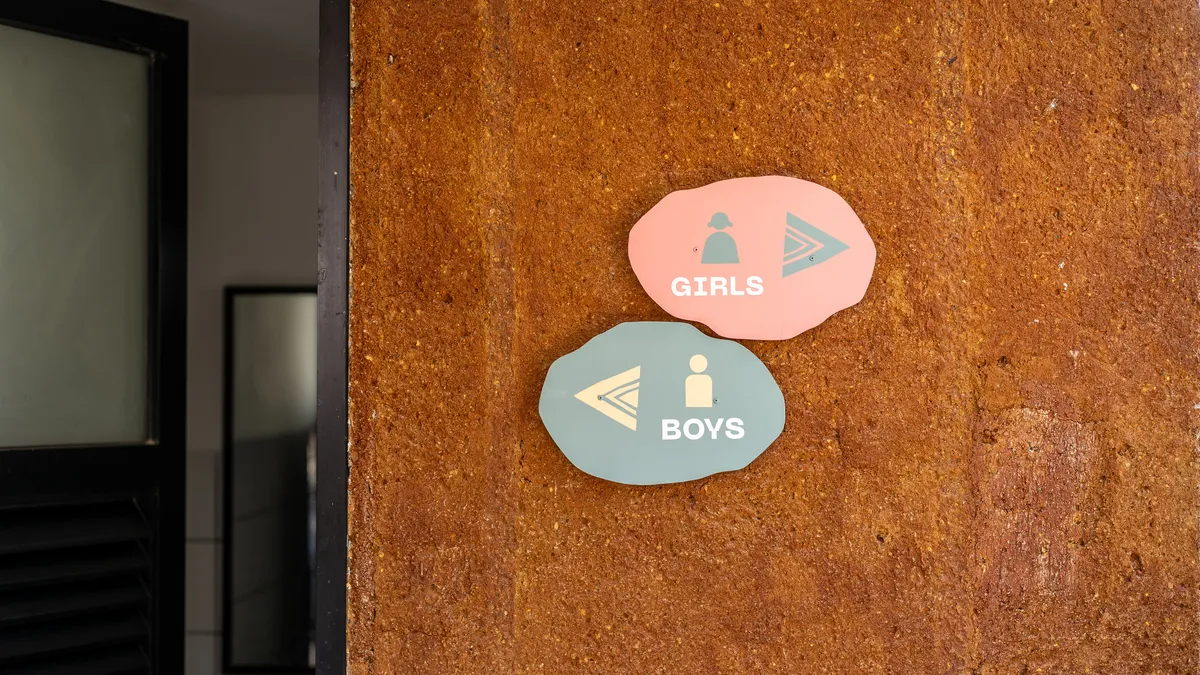Dive Brief:
-
The Washington Post released its yearly “America’s Most Challenging High Schools” list Monday, opening a national conversation on the importance of Advancement Placement classes.
-
The list ranks schools though a simple ratio: “The number of Advanced Placement, International Baccalaureate and Advanced International Certificate of Education tests given at a school each year, divided by the number of seniors who graduated that year.”
-
The list immediately received a response from WaPo’s own Valerie Strauss, who argued there are more ways a school can challenge its students and that limiting the discourse to one exam is inaccurate.
Dive Insight:
AP courses are somewhat like the Common Core — or any standardized measure, for that matter. A hardworking student in Kansas City can be compared to a hardworking student in Los Angeles, and if it is decided that the AP exam is the pinnacle of high school rigor, then once the results are back we can know how they fare. It standardizes knowledge, which is wonderful for college admission officers who are trying to figure out how rigorous a school is (Does a 4.0 at this school mean the same as it does at that school?).
That said, Strauss is right, there are a number of other ways to challenge students. Typically, AP conversations end up in the territory of breadth versus depth, with AP typically falling in the former category. And while teachers must cover certain topics by the time the test rolls around, how they cover them is more an indication of rigor than a reading list.
Then, of course, there is the pressure schools place on students actually taking the test — as Strauss mentioned in her column, some schools will even demote students to “honors” status if they do not take the AP exam at the end of the year. This judgment — even the ranking list — does not delve into how students actually perform on the test, just that they took it. Whether or not taking an exam equates to rigor is definitely a question worth asking.











